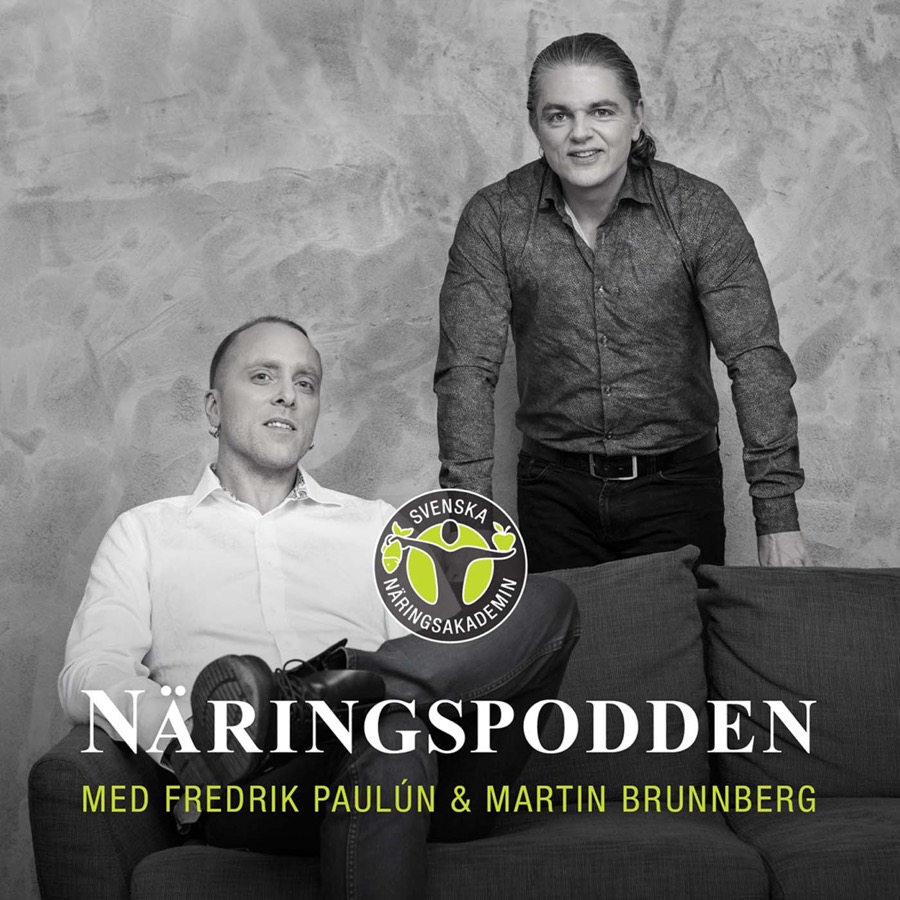Many people today suffer from poor gut health with an imbalance between ‘good’ and ‘bad’ bacteria, leading to inflammation and impaired digestive function. This causes the stomach to not function properly and can negatively affect nutrient absorption, as well as reducing the quality of life due to issues like constipation or Irritable Bowel Syndrome (IBS). The latter is a common problem that means the intestines are overreactive, leading to more daily trips to the restroom than desired. Furthermore, we know that beneficial gut bacteria produce essential substances for us, such as folic acid, antioxidants, and short-chain fatty acids like butyric and propionic acids. These are crucial for improving health in a convincing way. There is strong evidence suggesting that Red Light Therapy (RLT) can actually enhance gut flora, but the research in this area is still in its early stages. How could this be possible? Today, we know that red light can penetrate human tissue by several centimeters, but it can hardly reach the stomach or intestines. Near-infrared light can penetrate up to 15 cm into soft tissues like the abdomen, but only a small percentage of the light reaches that far. Is it enough? Perhaps the pulsed light, which penetrates a bit deeper, could be even more effective? It’s possible that it’s not the light itself affecting the gut flora, but rather the health benefits that occur in other tissues, such as surrounding organs and muscles. The gut communicates with the rest of the body, and we know it’s possible to influence it in other ways, such as reducing inflammation. In any case, it’s evident that the ecosystem called the gut flora is positively affected, and here, we will explore this further.
Shall We Have a Chat?
Just as I mentioned earlier, the gut flora communicates with the rest of the body, especially with the brain. The vagus nerve, which connects the brain to the gastrointestinal tract, is like a highway of signals, ensuring that these two parts of the body are functionally intertwined despite being several centimeters apart. RLT has been successfully used to alleviate symptoms of neurodegenerative diseases like Alzheimer’s and Parkinson’s, and researchers believe that the improved gut flora may contribute to some of these effects. Similarly, a well-functioning brain will help the gastrointestinal tract, and it’s no coincidence that many people experience stomach issues due to stress. Vomiting from nervousness or needing to use the restroom before a big performance are well-known mechanisms. Even if you don’t react as strongly, we all understand how a ‘gut feeling’ can guide us correctly in difficult decisions and actions. Therefore, the gut flora is crucial for the overall health of the body. In a study linking it to Alzheimer’s disease, researchers observed significant improvements with RLT treatment (1). After 12 weeks of treatment, the gut flora had changed to the point where a clear shift was seen between two types of bacteria called Firmicutes and Bacteroides. A gut flora analysis with a gut flora test always includes measuring the ratio between these two groups, and if it shifts in the wrong direction, it’s linked to an increased risk of type 2 diabetes, obesity, inflammatory diseases, and much more, including Alzheimer’s disease. Thus, RLT had a measurable positive effect on this ratio. In another animal study, strong effects were observed, and researchers concluded that ‘Gut flora-targeted photobiomodulation therapy is a new opportunity to treat Alzheimer’s non-invasively, providing new hope for those affected’ (2).
What Can You Expect?
If you already have a perfect gut flora, there may not be significant changes since you are already benefiting from it. However, you will experience other positive effects of RLT, making this technique beneficial for you. If, like many others, you have a slightly disrupted gut flora, noticeable effects are only weeks away. Changing gut flora doesn’t happen overnight, but it does happen surprisingly quickly since bacteria have relatively short life cycles and can divide rather rapidly. As the beneficial bacteria begin to multiply and occupy more space, there will automatically be less room for less beneficial ones. There is only so much space for bacteria, and a gradual shift will occur if you take RLT seriously and undergo regular treatments. One study showed significant changes after 11 weeks of abdominal treatment three times a week (3). Diversity increased, indicating a greater number of bacterial strains, which is generally associated with better health. Individuals who consume highly processed foods with low fiber content and lack probiotic bacteria may have as few as 200 different strains. In contrast, indigenous peoples and those who actively consume fiber-rich foods without additives and refined ingredients like white sugar, pure starch, and seed oils may have over 2,000 different strains. Additionally, the study found that the levels of particularly healthy bacterial strains, which could be called ‘gut flora superheroes,’ increased. These include Akkermansia, Faecalibacterium, and Roseburia. At the same time, the study observed a decrease in the amount of pathogenic bacteria. Thus, RLT should be considered a proven and effective way to improve gut flora.
Photobiomics
There are plenty of new terms in the field of health. Just when we’ve learned words like probiotics, prebiotics, postbiotics, and metabolomics, “photobiomics” emerges (4). It’s not an established term in Swedish yet, so let’s call it ‘fotobiomik’ for now. Perhaps this text will be referenced by the Swedish Language Council regarding the term if it makes it into the annual list of new words? This concept refers to how light, in general, affects gut flora, and even sunlight does a good job. Given how many people get too little sunlight, RLT is a valuable tool to keep gut flora in balance. Research also shows that the gut flora has its own built-in circadian rhythm, and light from the outside is crucial for regulating it. You need light both in your eyes and on your body to truly inform your body about the time of day. This can be a significant challenge during the dark part of the year, possibly explaining why many people feel so tired and low in spirits in winter. When you have the opportunity, start your day by having your morning coffee in the sun, bare-chested or with a bikini top, to really invigorate your gut bacteria. Now it’s time to get to work! If you don’t have the opportunity for that, you should start your day with an RLT session. It will make a difference.
References:
- Bicknell, Brian et al. ‘Microbiome Changes in Humans with Parkinson’s Disease after Photobiomodulation Therapy: A Retrospective Study.’ Journal of personalized medicine vol. 12,1 49. 5 Jan. 2022, doi:10.3390/jpm12010049
- Chen, Qianqian et al. ‘Gut flora-targeted photobiomodulation therapy improves senile dementia in an Aß-induced Alzheimer’s disease animal model.’ Journal of photochemistry and photobiology. B, Biology vol. 216 (2021): 112152. doi:10.1016/j.jphotobiol.2021.112152
- Brian Bicknell, E-Liisa Laakso, Ann Liebert, Hosen Kiat. ‘Modifying the Microbiome as a Potential Mechanism of Photobiomodulation: A Case Report.’ Photobiomodul Photomed Laser Surg. 2022 Feb;40(2):88-97. doi: 10.1089/photob.2021.0057. Epub 2021 Dec 28.
- Ann Liebert, Brian Bicknell, Daniel M. Johnstone, Luke C. Gordon, Hosen Kiat, Michael R. Hamblin. ‘Photobiomics: Can Light, Including Photobiomodulation, Alter the Microbiome?’ Photobiomodul Photomed Laser Surg. 2019 Nov;37(11):681-693. doi: 10.1089/photob.2019.4628. Epub 2019 Oct 9.
Author: Fredrik Paulún



